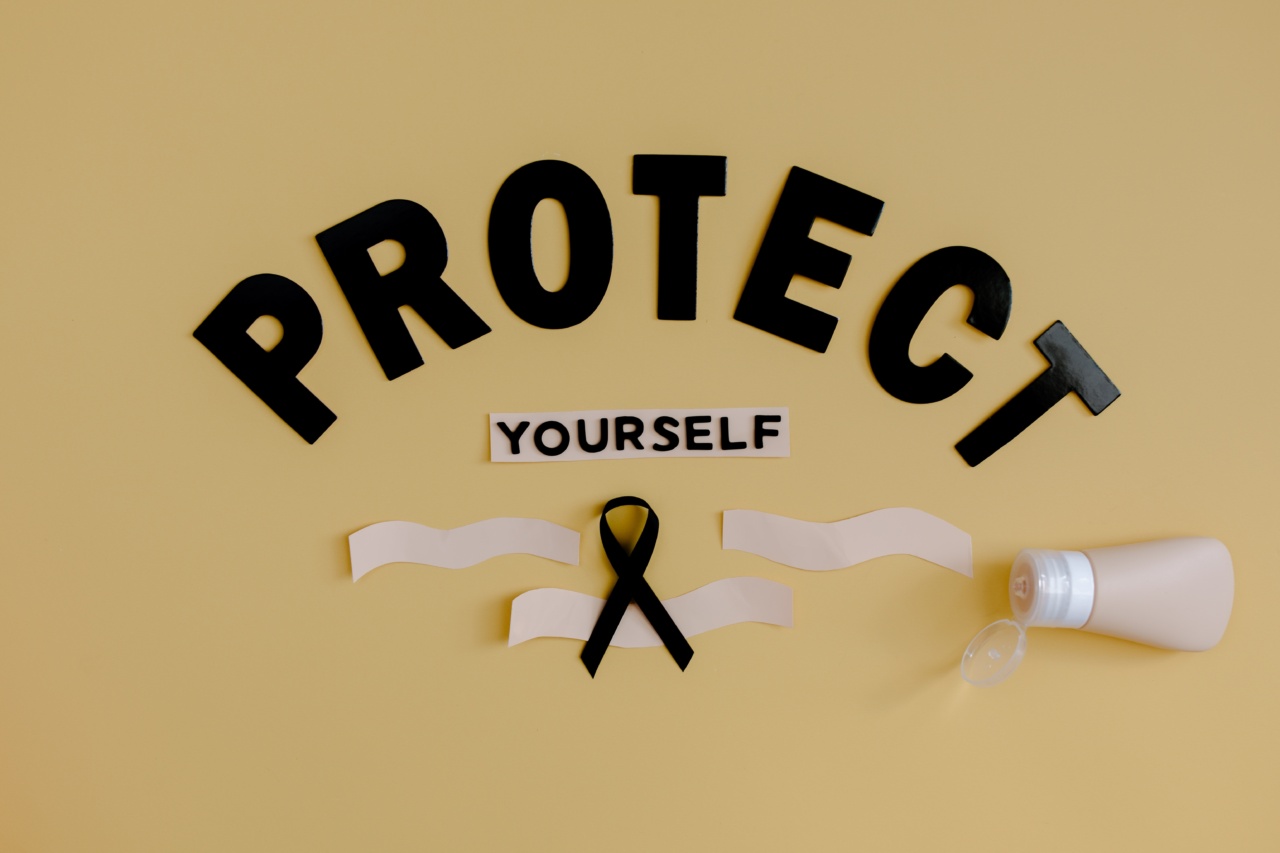Olives are a popular ingredient in Mediterranean cuisine and are often enjoyed as a snack or added to various dishes. They are known for their rich flavor and numerous health benefits. However, not all olives are created equal.
Some olives can be dangerous and cause health issues if consumed incorrectly.
In this article, we will discuss how to protect yourself from dangerous olives and enjoy them safely. Follow these five easy steps to ensure your safety:.
Step 1: Know Your Olives
Not all olives are the same, and it’s crucial to know the different types of olives available in the market. The two main categories of olives are green and black olives, each with its characteristics and flavor profile.
Green olives are harvested when they are unripe and have a firm texture and a slightly bitter taste. On the other hand, black olives are fully ripened green olives and have a softer texture and a more mellow flavor.
It’s important to note that some olives, particularly those preserved in brine or salt-cured, may contain high sodium levels.
If you have high blood pressure or are watching your sodium intake, it’s best to opt for olives that are low in salt or choose other low-sodium alternatives.
Step 2: Buy from Reputable Sources
When purchasing olives, it’s essential to buy from reputable sources. Look for olives that are labeled and sourced from reliable suppliers. This ensures that the olives have undergone proper quality control measures and are safe for consumption.
Avoid purchasing olives from unfamiliar stores or street vendors, as the quality and safety of these olives may be questionable. It’s better to spend a little more on olives from trusted sources rather than compromising your health.
Step 3: Check the Expiry Date
Always check the expiry or use-by date on the olive packaging before purchasing or consuming them. Expired olives may harbor harmful bacteria that can cause foodborne illnesses.
It’s crucial to store olives properly to maintain their freshness and extend their shelf life. Keep them in a cool, dark place or in the refrigerator after opening the package.
This helps prevent the growth of bacteria and maintains the quality of the olives for a longer time.
Step 4: Properly Rinse and Prepare Olives
Before consuming olives, it’s essential to rinse them thoroughly under running water. This helps remove any excess salt or brine that may be present on the olives, improving their taste and reducing sodium intake.
Additionally, if you are concerned about the sodium content in olives, soaking them in fresh water for a few minutes can further reduce their sodium levels. However, keep in mind that doing so may slightly alter the taste of the olives.
After rinsing, you can serve olives as they are or incorporate them into your favorite recipes. Olives add a delicious flavor to salads, pasta dishes, pizzas, and sandwiches, among many other dishes.
Step 5: Eat in Moderation
While olives are nutritious and offer several health benefits, it’s important to consume them in moderation. Olives are high in healthy fats and calories, so excessive consumption can contribute to weight gain.
A recommended serving size for olives is about 5-6 olives, depending on their size. Remember to account for the calories and fat content in olives when planning your overall daily calorie intake.
Eating a varied diet and practicing portion control is key to maintaining a healthy balance. Incorporate olives along with other fruits, vegetables, whole grains, and lean proteins to enjoy a well-rounded diet.































